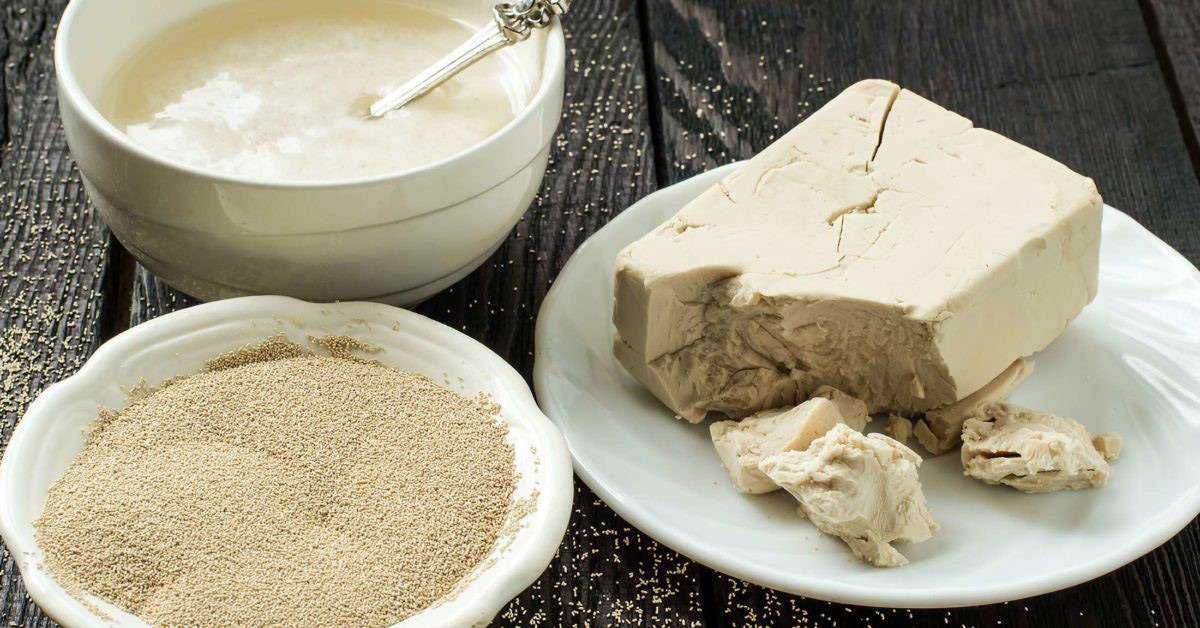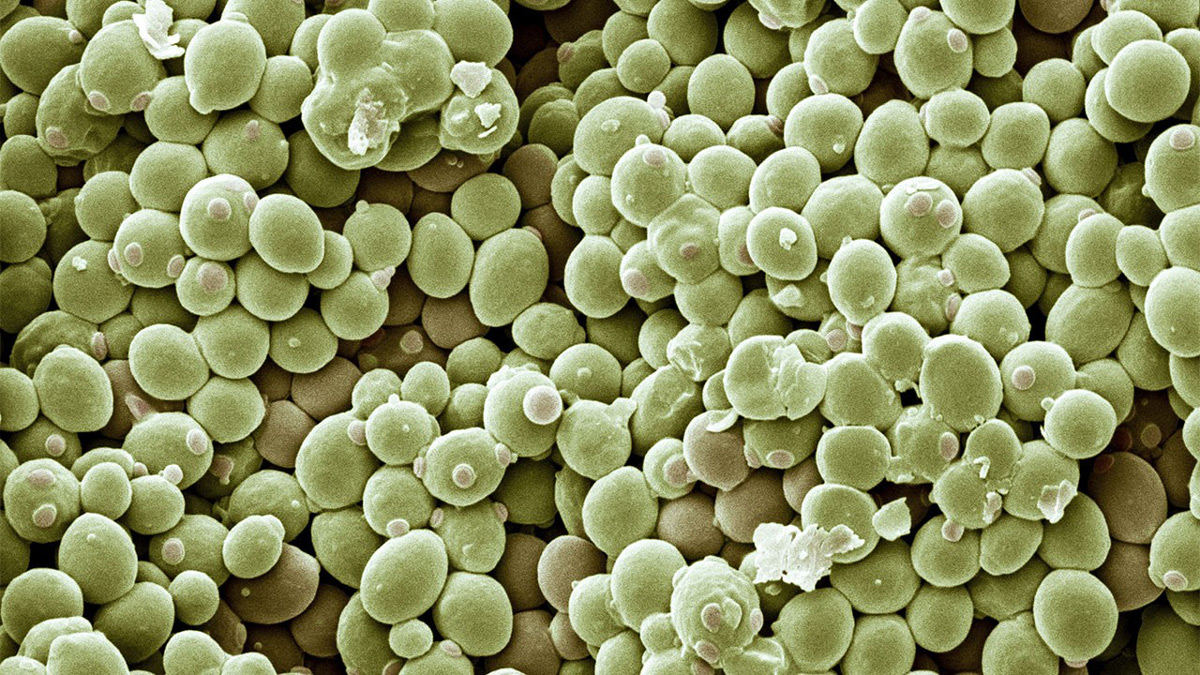Wine is a rich source of phenolic compounds, which con-tribute to the mouthfeel, color, flavor, and aroma of wine. Although most of the wine phenolic compounds are originated from grapes, findings have shown that many factors may affect the its composition and content in wine, such as grape variety, growing condition, winemaking method, and yeast strain selection. The primary role of yeasts during winemaking is alcoholic fermentation, but they are also responsible for the biochemical, enzymatic, and physical reactions during the process and thus critical to the chemical compositions of the wine. Wine fermentation with specific strains of Saccharomyces cerevisiae and mixed cultural fermentation of Saccharomyces and non-Saccharomyces have been commonly used in modern winemaking.
Interestingly, researches have reported the impact of different yeasts on wine phenolic compounds. For instance, yeast metabolites, such as acetaldehyde and pyruvic acid, are key reactants in the biochemical formation of vitisins, anthocyanin–flavanol adducts, and color important vinylphenol pyranoanthocyanins. Enzymes produced by yeasts, such as pectinase and beta-glycosidase, could influence phenolic extraction from grapes and hydrolyze the glycosidic bond of phenolic compounds, respectively. In addition, yeast cell wall and autolysate could also interact with wine phenolic compounds such as binding of mannoprotein with phenolics. Furthermore, spoilage yeasts could convert vinyl phenols into ethyl phenols and negatively impact the sensory quality of the wine.

DNA sequence of Yeast:
The first complete DNA sequence of a eukaryotic genome that of the yeast Saccharomyces cerevisiae, was released in electronic form more than a year ago. No doubt, each member of the international consortium of yeast biologists made the argument to his or her own funding agency in Europe, Japan, Britain, Canada, or the United States that this yeast would be a fine “model organism,” useful for interpreting and understanding human DNA sequences. How right were they?
sequencing of genomes Yeast:
It was clear long before the systematic sequencing of genomes began that there are genes in yeast and mammals that encode very similar proteins (2). Some homologies including proteins of molecular systems (for example, the ribosomes and cytoskeletons) were no surprise. Some were quite unexpected, however. A particularly arresting early example was the discovery in yeast of two close homologs (RAS1 and RAS2) of the mammalian ras proto-oncogene; yeast cells lacking both genes are inviable. In 1985 this system was the occasion for the first of many deliberate tests of functional conservation: The mammalian H-ras sequence was expressed in a yeast strain lacking both RAS genes, with the remarkable result that viability was restored, indicating a profound conservation not only of sequence, but also of detailed biological function.
With the entire yeast genome sequence in hand, we can estimate how many yeast genes have significant mammalian homologs. We compared all yeast protein sequences to the mammalian sequences in GenBank [EST (expressed sequence tag) databases were not included]. The result (see the table) is encouraging: For nearly 31% of all the potential protein encoding genes of yeast (open reading frames, or ORFs), we found a statistically robust homolog among the mammalian protein sequences. This is clearly an underestimate, as the databases surely do not yet contain the sequences of all mammalian proteins or even representatives of every protein family. Many of these similarities relate individual domains, and not whole proteins, no doubt reflecting the shuffling of functional domains characteristic of protein evolution.








